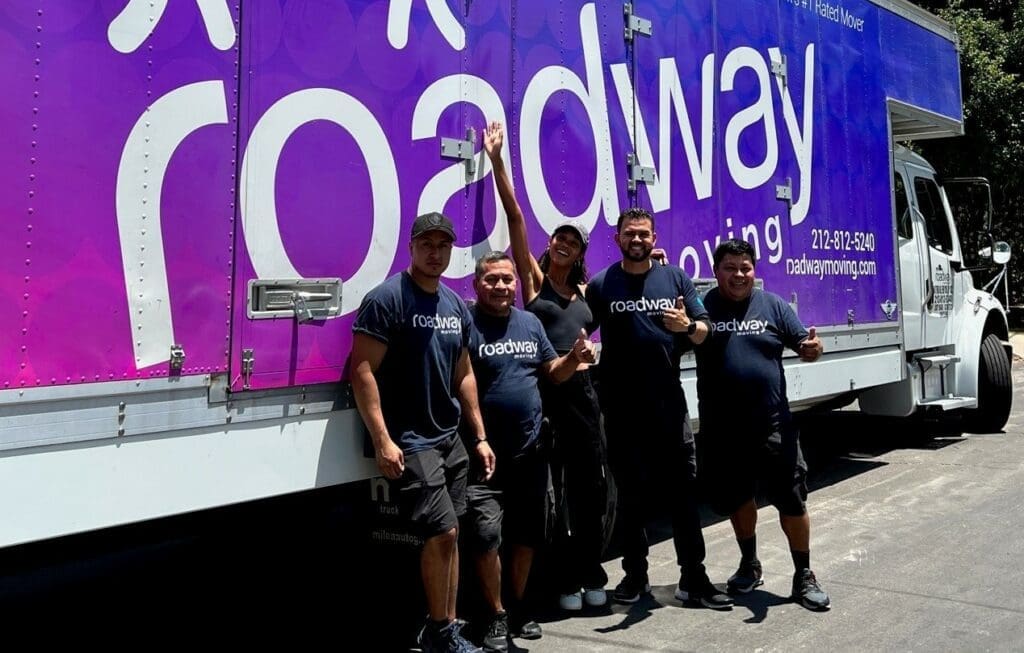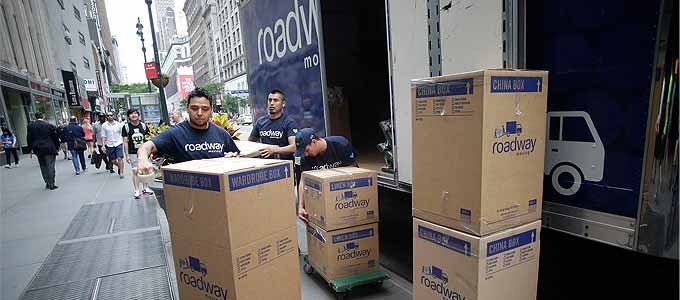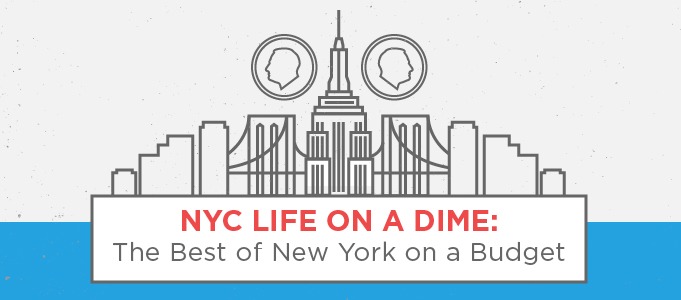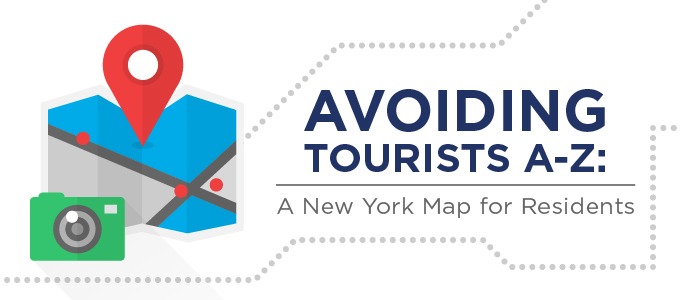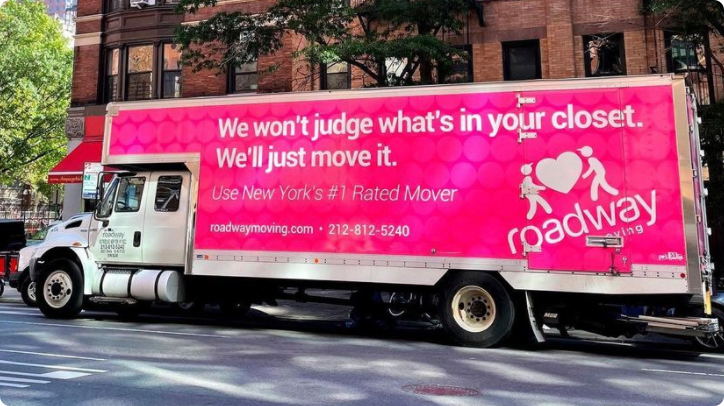How to Know if Your California Landlord Is Being Fair With Your Rent Increase







After the COVID-19 pandemic, California has passed a rent control law for the first time ever. The goal is to control the number of affordable housing and those laws have been in power to this day (May 2024).
Being home to almost 40 million people, half of whom are renters, it was mandatory for California to have one of the most strict rent control laws in the U.S.

We wrote a step-by-step guide for understanding California’s rent control laws and all the details surrounding them.
- What is rent regulation/rent control?
- How much can a landlord increase your rent in California?
- Exceptions from rent control
- Cities with additional rent controls
- Evictions in rent control areas
- Protections for renters
What is rent regulation/rent control?
Rent regulation, or rent control, is a set of rules and laws to limit a maximum rent increase. These regulations cover the parameters for the increase, a fixed number of times for It to happen as well as a certain period for a proper notice to be given by a landlord.
This set of rules is mandatory for housing to be affordable for everyone. It also prevents more people and families on the streets since the rent increase without the regulations could go up forever.


How much can a landlord increase your rent in California?
Inflation is one of the main reasons landlords are trying to maximize the rent increase, and in 2023 it is the highest it’s been in the last 40 years.
Inflation reflects the annual percentage change in consumer goods and services cost. The housing prices could quickly go through the roof (even more than now) if there wasn’t a rent control set of laws in Cali.
AB 1482 (California Tenant Protection Act) is a state law which controls the rent increase since 2020.
The maximum rent increase by this law is 5%, plus the increase in the regional consumer price index (CPI). CPI represents an average change over time in the prices set for consumer goods and services.
Another rule is that, in this case, CPI needs to be fixed. It should be based from April 1st of the prior year to April 1st of the current year for a region where the property is located. This saves your wallet from the rapid and regular price increases that have been happening recently.
There is another cap.
10% of the lowest rent charged any time during the 12 months before the increase is the maximum for a new increase. This is if this cap is lower than the 5% plus CPI. Whichever is lower is the one in power.
To sum it up, the maximum rent increase in California is 5% plus the CPI or 10% of the lowest rent charged at any time during the 12 months, whichever is less.
Also, the maximum rent increase is 10%. So, whatever the mathematics is, 10% is the maximum.
How many times can a landlord increase your rent?
Just once, at the end of your 12-month lease.
A maximum of two times is allowed for month-to-month and other short-term leases.
What is considered proper notice?
60 days notice is needed if the person has lived in the unit for more than a year.
For tenants who have lived in the unit for less than one year, 30 days notice is required.
Landlords must be attentive to the timing of rent increases, ensuring compliance with the stipulated guidelines.
Additionally, maintaining open communication with tenants about any potential adjustments and providing transparent justifications for such changes can foster a positive landlord-tenant relationship.
However, AB 1482 doesn’t apply in cities and areas with their own rent control rules or for kinds of properties that are exceptions to rent control.
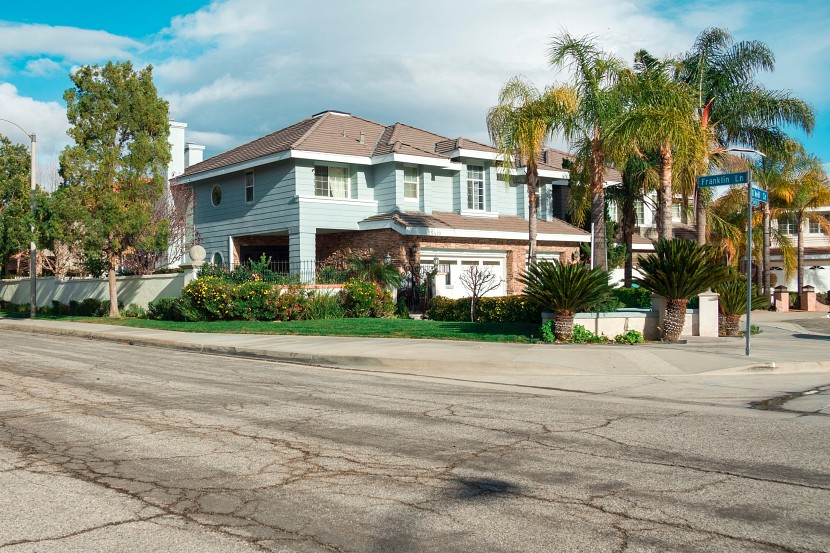

Exceptions from rent control
Some of the properties are not subjected to the AB 1482 law. Those include:
- hotels
- commercial properties
- single-family homes that are not owned by a corporation, REIT, or a corporation-owned LLC
- a duplex where a landlord lives in one of the units
- mobile homes
- schools and college dorms
- buildings and houses constructed within the last 15 years
- rental properties managed by non-profit organizations
- rental properties subject to a pre-existing local ordinance
Landlords of these kinds of properties can raise the rent as much as they like. Yet, the proper notice set by AB 1482 is needed in this case too.
Cities with additional rent controls
Some cities and areas choose to have additional rent control rules. Here is a list of those cities and their own rules:
-
- Los Angeles: the maximum increase is 8% and can happen only once a year. The increase can go up to 10% if a new roommate moves in.
- Beverly Hills: the maximum increase is 8% annually. Buildings constructed before September 20th, 1978, with two or more units and a move-in rent of less than $600 are subject to rent control.
- East Palo Alto: The rent increase maximum is 10%, including any fees and utilities a landlord charges. The only period a landlord can increase the rent is June 1-June 30.
- Los Gatos: The maximum for an increase is 5% of the monthly rent or 70% of the annual CPI.
- Hayward: the cap for an annual rent increase is 5% and for banked rent increases is 10%.
- Oakland: 10% yearly is a maximum increase, and 30% in 5 years.
- Santa Monica: annual rent increase has been limited to 75% of the CPI for Los Angeles for the past 12 months.
- Palm Springs: the maximum rent increase Is 75% of the CPI.
- San Francisco has its own board for rent regulation laws. San Francisco Rent Board put a maximum rent increase cap of 60% of the regional CPI.
- Palm Springs: 75% out of regional CPI is a maximum for a rent increase.
Evictions in Rent Control Areas
The law also limits evictions to prevent landlords from repeatedly evicting current tenants in favor of those willing to pay more.
A landlord can legally ask the renter to move from the rental (if the lease is over or the landlord gave the proper notice) without specifying a reason. Still, many areas use ‘just cause’ reasons as only legally acceptable ones. Those are:
- the landlord wanting to renovate or change the property, which can’t be done when tenants are inside. Sometimes in this situation, landlords are needed to provide a similar unit for renters or give remodeled apartments for the same rent it has had before remodeling.
- tenants violating terms of the lease, not paying the rent, or having illegal roommates
- tenants engaging in illegal activities like drug dealing, damaging properties, or disturbing neighbors
- the landlord wanting to move into the unit or have a family member move into it
Suppose landlords are not following ‘just cause’ exceptions and are trying to mingle their way around it. In that case, they can suffer civil and criminal penalties.


Protections For Renters
Check your local ordinances to see what help you can get. Some of these protections may be in power in your area too!
Minimum lease terms require written leases for a minimum period of time (typically for at least a year).
Check the Buyout agreement regulations for early move-outs, which are strict guidelines regarding landlord-tenant agreements.
Mediation/arbitration services help landlords and tenants considering rent and other similar disputes without going to court.
Moving expenses must be covered by a landlord if the tenant is moving because the unit is being remodeled or demolished.

